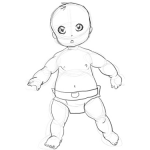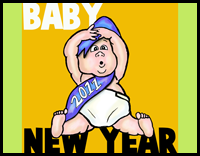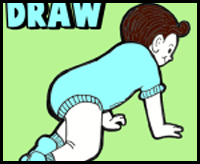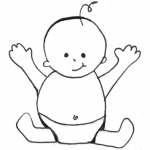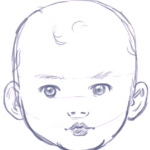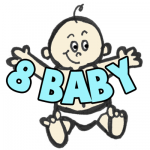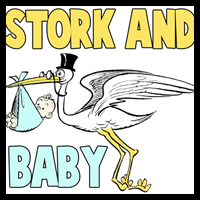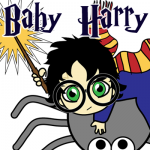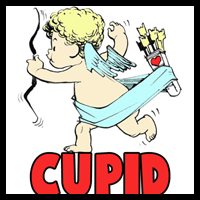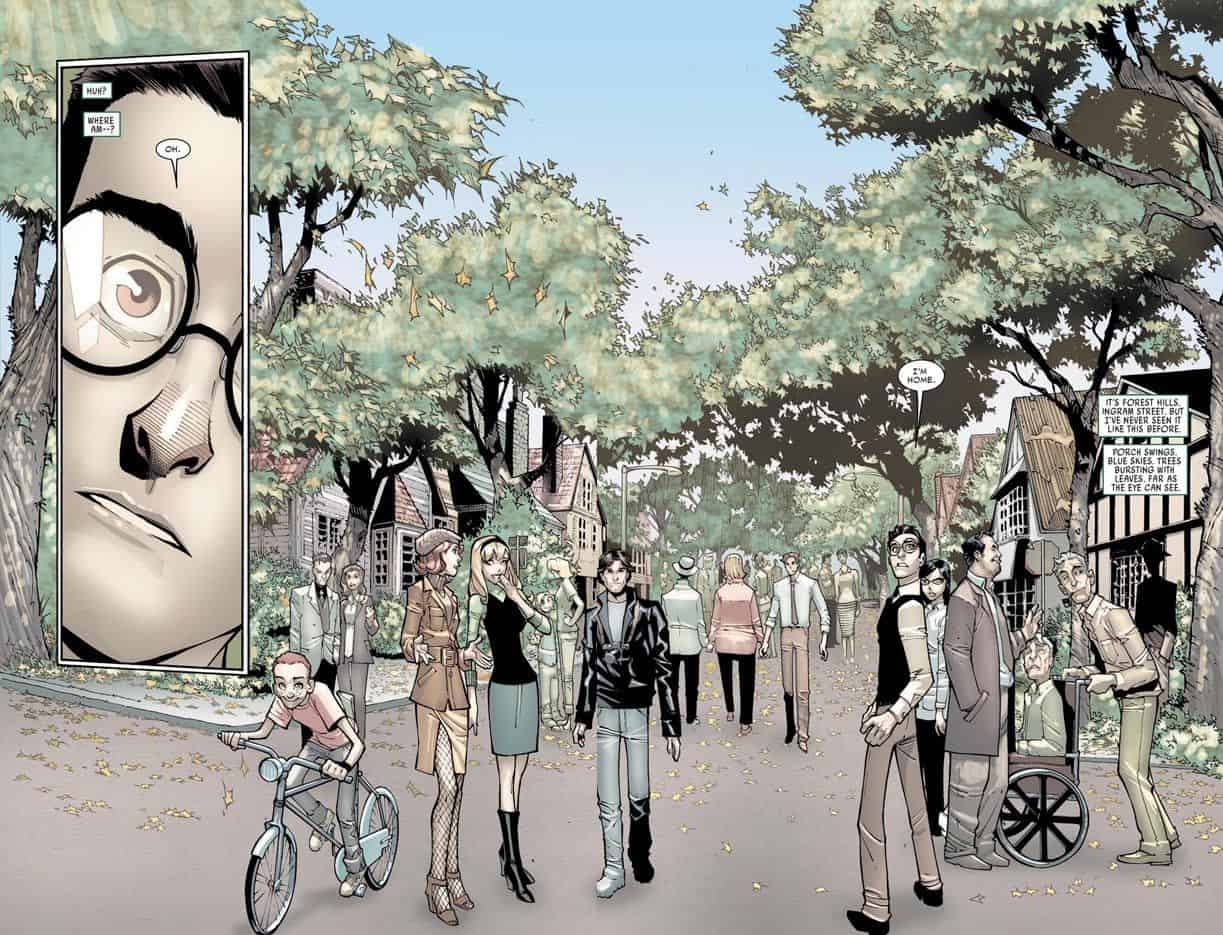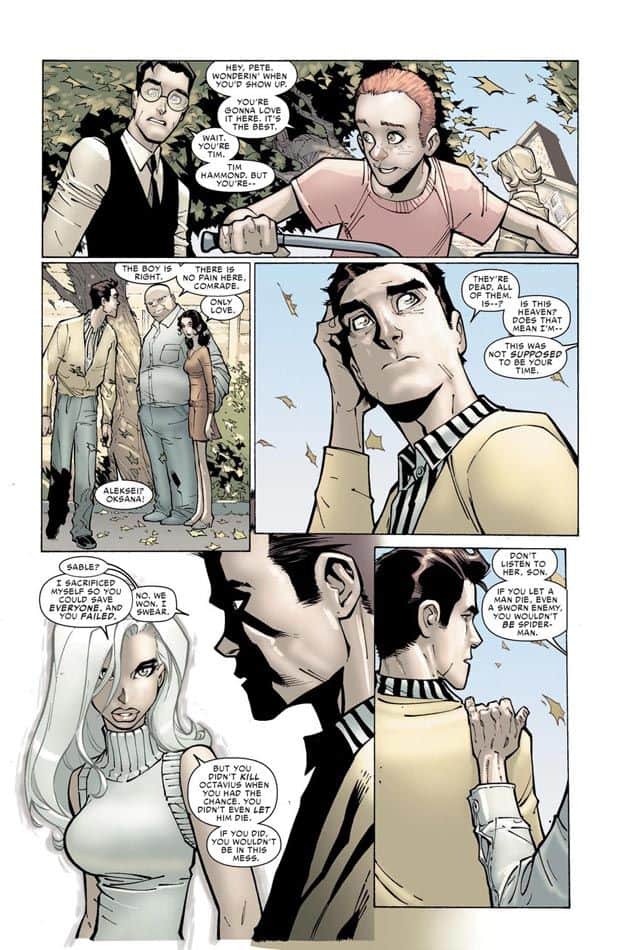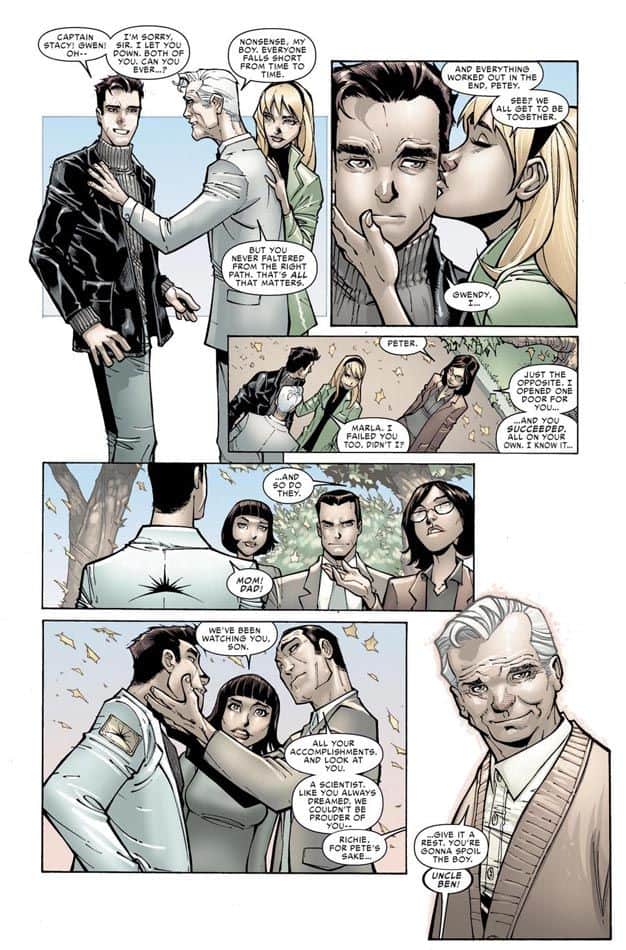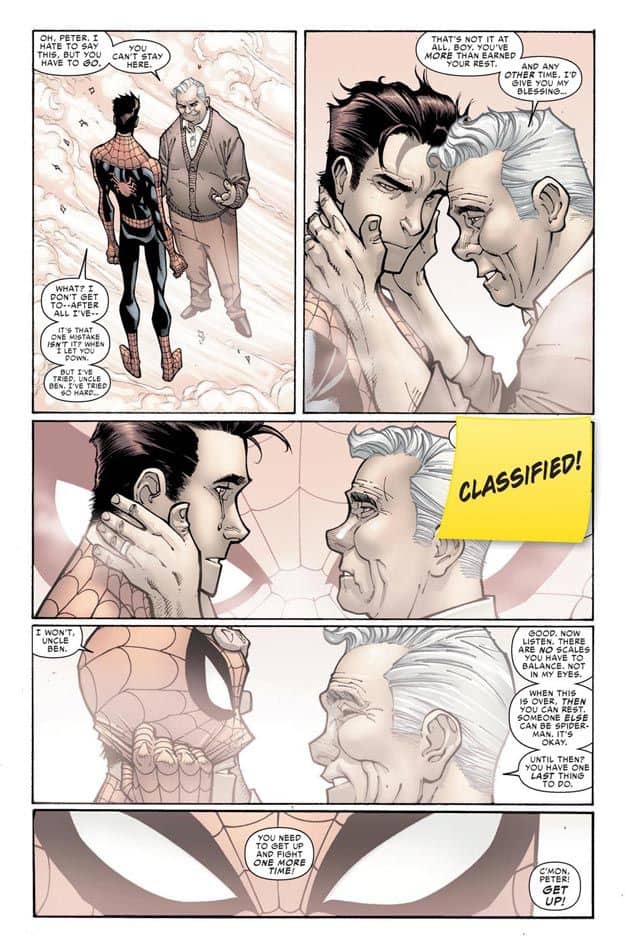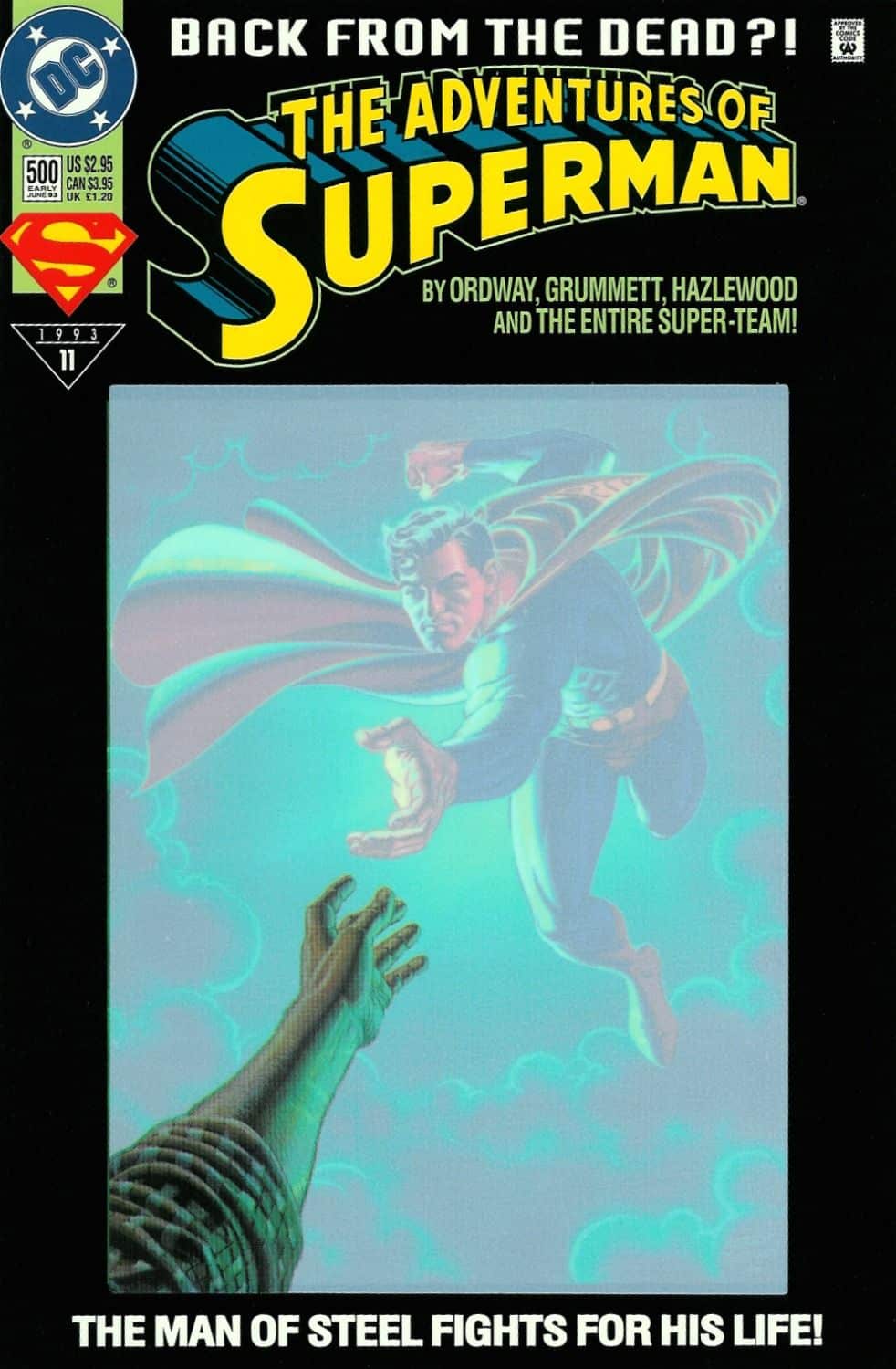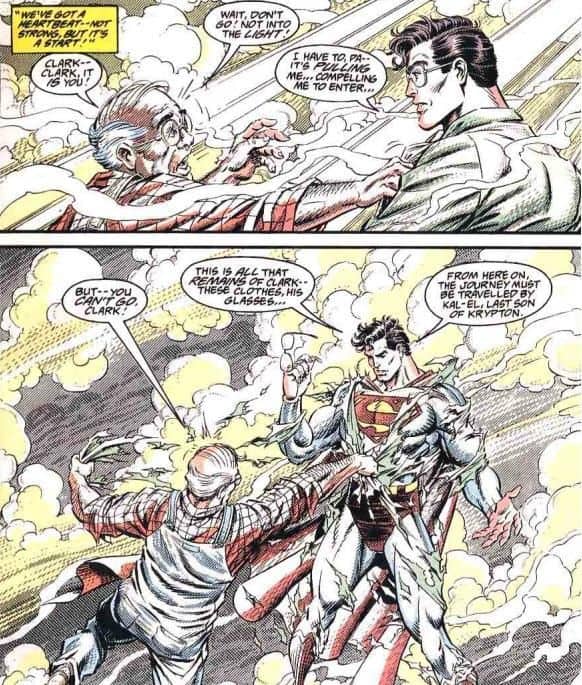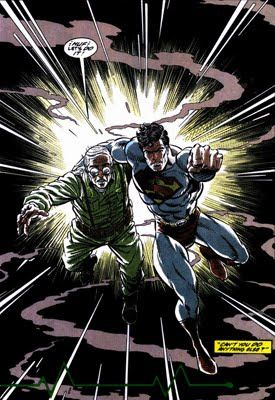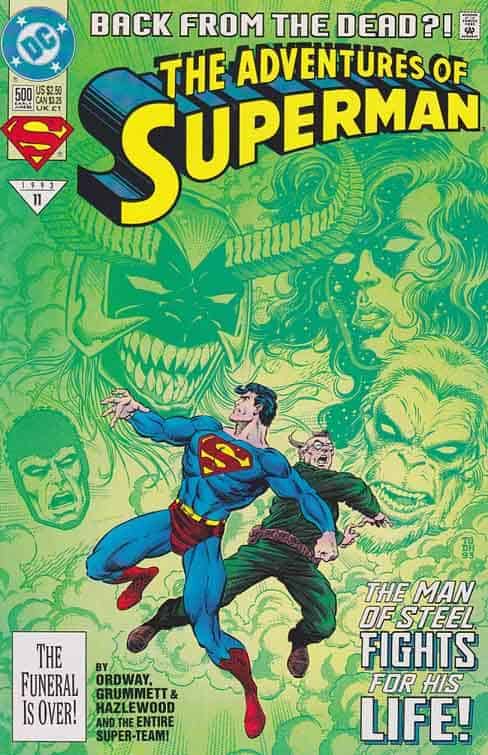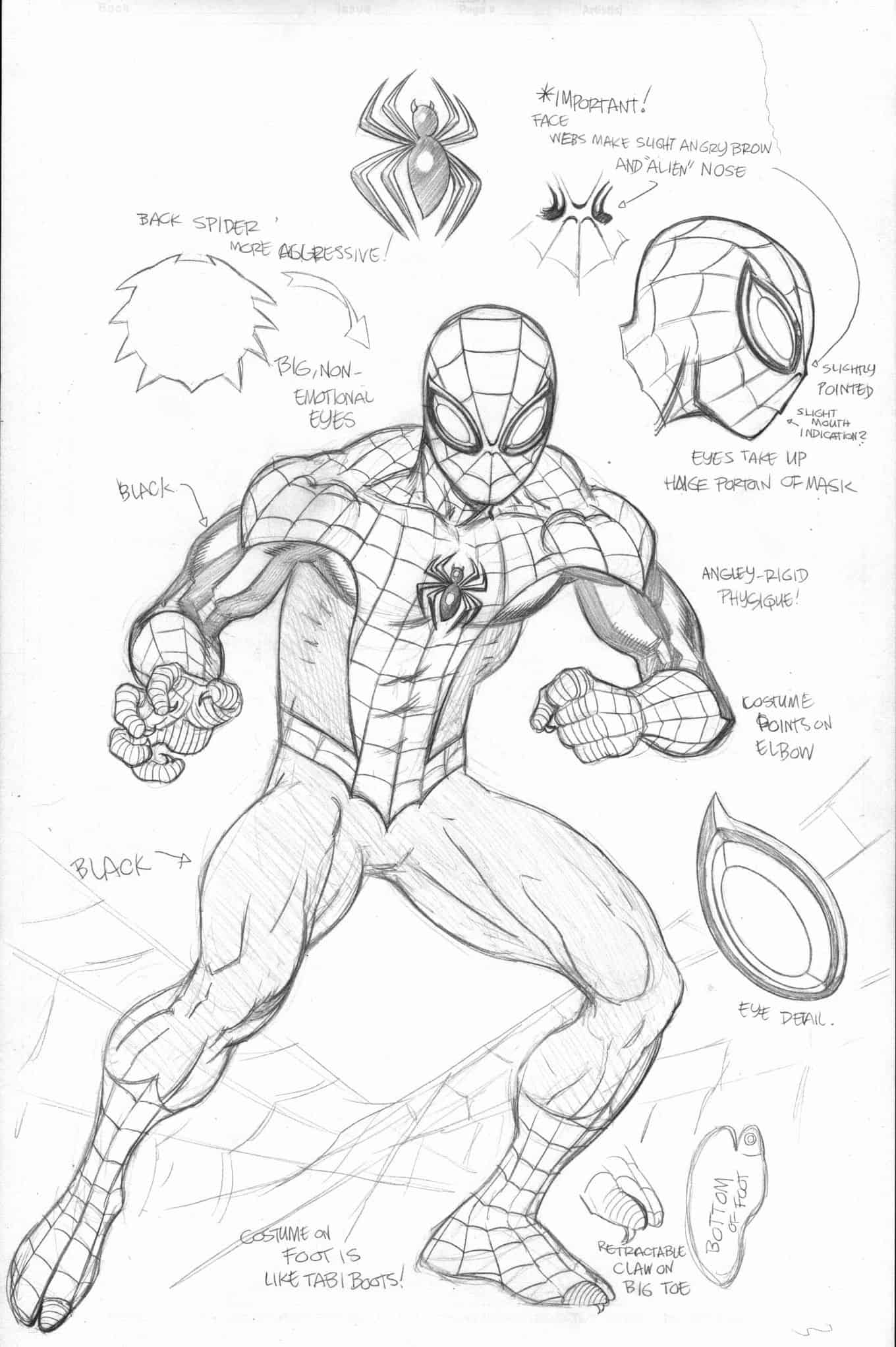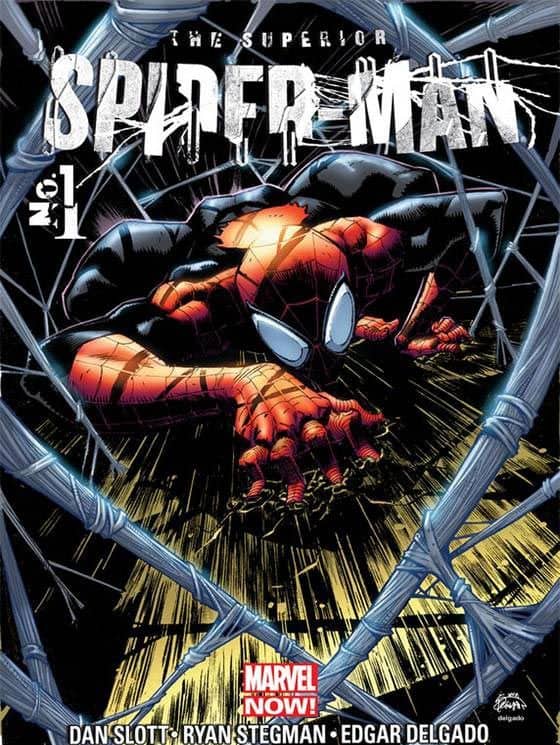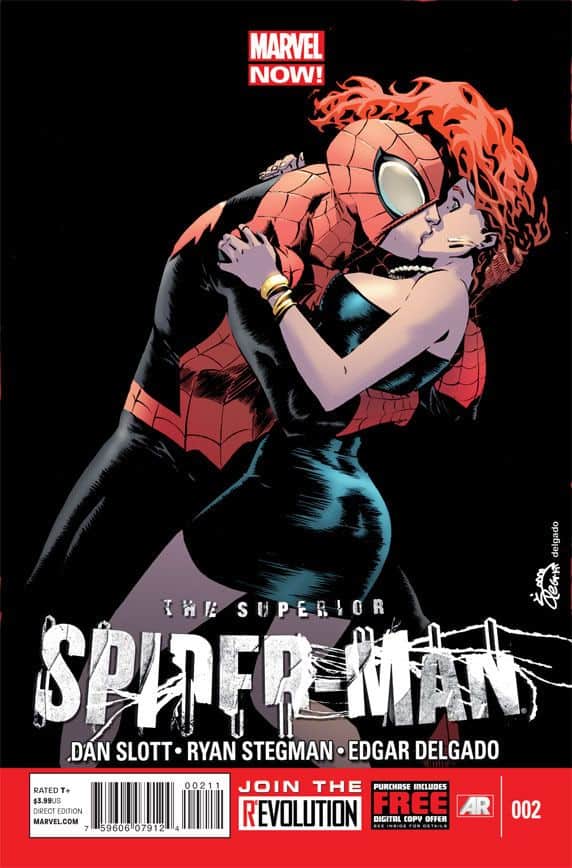http://www.comicbookresources.com/?page=article&id=42346
"Legion Of Super-Heroes" writer, ex-
DC Comics President and Publisher, current Columbia University teacher and comic book historian
Paul Levitz
is a man whose name has been synonymous with DC for decades. He's also
the man wrote the book on DC Comics -- literally, as he and publisher
Taschen Books released
the mammoth "75 Years Of DC Comics: The Art Of Modern Myth-Making" in 2010.
Readers who were unable to purchase Levitz's $200 epic history of DC
Comics the first time around noe have a second chance as Taschen is
reissuing the oversized book as five slimmer, cheaper hardcover volumes,
the first of which, "The Golden Age of DC Comics," is
available for preorder, now.
Levitz and Taschen revisit DC's past with brand new art and never
before seen interviews with influential creators such as Jim Lee and Joe
Kubert in each volume.
With "The Golden Age Of DC Comics" kicking off the re-issue, Levitz
spoke with CBR about how he went about dividing up the original book,
his time helming DC Comics and his personal feelings about the evolution
of fandom from the homemade zines of his young adulthood to the blogs
and mainstream media coverage of today.
CBR News: Taschen is currently preparing to re-issue your book
"DC: Modern Myth-Making" in smaller chunks. How many will there be
altogether, and what was the impetus for re-issuing them this way?
 Paul
Levitz's "75 Years Of DC Comics: The Art Of Modern Myth-Making" will be
re-issued by Taschen in 2013 as a 5-volume edition, starting with the
Golden Age of DC
Paul
Levitz's "75 Years Of DC Comics: The Art Of Modern Myth-Making" will be
re-issued by Taschen in 2013 as a 5-volume edition, starting with the
Golden Age of DC
Paul Levitz: Taschen has some unique publishing strategies
that they've exercised before with large art books, and this relates to
some of the approaches they've taken historically. What they're doing is
they're splitting the book into the five different eras that we used as
our breakpoints in the history of DC, but each of the different volumes
gets about fifty percent more art. They found so much wonderful
artwork, so in one sense each volume is certainly physically much
smaller than the original, but each one is also much richer. There's not
a lot of edits on the written side; the main thing that we added in
each volume, besides a little bit of updating and clean-up, is an
original interview, which was a lot of fun to conduct for each. We got
one of the last interviews with Joe Kubert for the Golden Age, and then
to talk to Denny O'Neil and Neal Adams and Jenette Khan and Jim Lee
about their different eras. That was a great deal of fun because these
were all people who are good friends and hopefully I was able to get
some interesting different direction out of them. But the amount of
extra art that's being added is just phenomenal -- we found, for
instance with Kubert, one of his early sample pieces, and that's
archeology as much as anything else!
Is the extra art stuff you wanted to put in the original book and
had to cut out, or is it new material you've found in the intervening
time?
Both! Some are things that just got squeezed out of the first one
because there was only room for so much and some of it has surfaced
since.
Logistically, what's the plan for release? Are we going to see a new volume every year?
I haven't hear official updates from Taschen other than the first
volume -- I've seen an early sample come off the press on that -- but I
think there'll be at least several more volumes next year.
Obviously you have a long involvement with the publisher, but what
fascinates you most about DC and these eras of comic book history?
We've lived through such extraordinarily interesting evolution in
comics; I've been teaching a course in the American Graphic Novel at
Columbia this term, this friend of mine Jeremy Dauber who is a professor
out there approached me about teaching the course, and it brought me
back to looking at the whole evolution of cartooning in America. How the
form and medium evolves from comics to comic strips to comic books to
what's evolving in the original graphic novel today, in some ways as
another different media form with different kinds of audiences,
different kinds of story-telling potential. It's a wonderful story when
you look at the wide range of what that development's been over this
last hundred years or so, yet we're really still at the beginning of the
journey. There's a tremendous opportunity for comics to tell many, many
more different kinds of stories, and that's still unfurling as we
watch.
To touch on each of the eras going backwards, currently the big
thing everybody's talking about is digital comics. You talked about it
in the big Taschen book, but what's your current take on how digital
comics have impacted comic book publishers?
 Levitz, with the original oversized tome
Levitz, with the original oversized tome
I don't think we've really seen it yet. I think we will; a lot of the
discussion I have with Jim Lee in the interview with him in the last
volume focuses on the digital world because Jim's been very intelligent
about that, behind the scenes for a long time, and is now on point with
DC to be one of the leaders in terms of developing what their future
will be. We don't know at this stage what will happen. Will there be a
successor form to comics that will be a combination of cartooning and
interactivity on some level that becomes more popular and becomes
transformative, the way radio drama really was not a viable form once
television drama replaced it after a period of time? Or will it be
something where two different mediums will take similar kinds of themes
and be able to explore them in very different ways, the way comic strips
and comic books have coexisted very successfully for many decades? It's
weaker today for comic strips, obviously, but there's still interesting
things popping up. Where does it all go from there? What role do
webcomics play in all this? It's been an exploding medium over the last
decade. I don't pretend to know what the future will be; I just know
it's barreling towards us at an extraordinarily fast pace and there's so
many people's creativity being awakened through it that it's
fascinating to watch.
And we've got mainstream acceptance of superheroes, even if it's
not in comic books but in movies and TV shows, which almost harkens back
to the mainstream visibility of the Golden Age.
I think it's a great moment in comics. There's a more diverse range
of creative material being done and a more diverse range of people than
ever in American comics. There's such wonderful levels of energy
surrounding it. We'll see where it all goes!
I've always been curious; most fans know that your own interest in
comics led you to create a fanzine, which led to your career at DC.
What's your take on the evolving press industry that's sprung up around
comics, where you have fan blogs and sites like CBR reporting on the
industry and medium, as well as mainstream newspapers and magazines like
USA Today having their own comics beat?
Some of it is awesome! When I was starting out as a comics fan, one
of the things I was passionate about was indexing. I worked on Jerry
Bail's first "Who's Who Of American Comics," trying to identify credits
for early comic books writer and artists whose work was unsigned and
unidentified. Now you have, whether it's Comics.org, Grand Comics
Database, you've got Mike's Amazing World, so many searchable sites
providing so much data so readily available. In the old technological
world, we were hand-assembling bit by bit and trying to put a fact
together here or there that maybe we managed to put together in a Xerox
or mimeograph form that maybe somebody could take a look at if they
physically got a hold of a copy. Now, there's giant, wonderful
searchable databases. So at one end you've got that, and at the other
end, like Comic Book Resources, you've got the interactivity. I was on
the site a couple of days ago looking at that poll that had been done by
the Comics Should Be Good blog, and there's my old "Great Darkness"
saga being voted in as one of the best stories. A thirty-year-old story!
And you just look and see what other stuff from what time period people
still remember, and where does that stack up? Why? The ability of fans
to connect and discuss that and argue -- I can't possibly list that as
one of the more important stories than the "Green Lantern/Green Arrow"
stories by Denny O'Neil, but in the context of the current fans, does it
get a better rating because it's more similar to current material? Just
the ability to connect and interact in this way is a wonderful
development compared to the fanzines of my era!
 The first re-issued volume tackles DC Comics' Golden Age
The first re-issued volume tackles DC Comics' Golden Age
How would you differentiate between the time we're living in now
versus the Modern Era? And what interviews represent which eras?
Jim's interview is in the Modern Era because there isn't a separate
volume for the digital era. I don't know where historians will
ultimately draw the lines on each of these, but I try to go back and get
a feel for who had lived through the experience at the time. I think
for DC's history, Jim's really been a vital force in the company from
the time he came onboard when we bought Wildstorm, and that really
overlaps most of the period we defined as the Modern Era in the big
volume. I had asked Jim some questions that look over different parts of
that period, but in may ways I think the most interesting stuff we
talked about was the digital, because it's an unanswered set of
questions for all of us. We go father back, looking at the Dark Era of
comics. Jenette had so much to do with that, her relationship with Frank
[Miller], her courage as a publisher in doing projects like "Dark
Knight Returns" and "Watchmen" and changing the boundaries of what DC
could do. We had fun having conversations about some of those things. We
go back to the Bronze Age, and you have periods where Denny is the lead
writer simultaneously on "Superman," "Batman," "Wonder Woman" and
"Green Lantern," something I don't think anyone has managed since --
Geoff [Johns] comes close, but I don't think he had a significant
"Batman" run during that period. He may yet, I wouldn't put it past him!
Denny is a very thoughtful guy, it was interesting to trace that; then
you go back to the Silver Age, and you've got Neal arriving fairly early
and becoming such a vital creative force in it. All interesting people
to talk to about their times!
You yourself have worked in comics through many of these eras.
Looking back at the Golden Age, what was your first exposure to the
really early comics?
I guess my first exposure to the Golden Age comics was reading about
them in some of the early fanzines I got a hold of and the used
bookstore that was the comic shop of my childhood where I worked a
little bit when I was very young -- my friend's bookstore in Brooklyn,
which was an early magnet and store that I frequented. Jimmy Palmiotti,
Dan DiDio, Andy Helfer, Howard Chaykin -- many people who grew up into
significant creative roles in the business spent time under its roof.
They had showcases full of the early Golden Age books, and that's
probably the first time I got to hold one, got to read one. Then, when I
was working at DC, I got to burrow deeply into the library.
Before you started working on the big "Myth-Making" book, how did
you define each era in your mind, and did that change when you began
doing the interviews and really digging into the history?
The earlier eras, I think, I had fairly well defined in my mind
because I had approached them as a reader or as a fan. It was a little
more of a challenge to define the later eras because I had worked in
them, and when you're in the middle of something, it's hard to get
objective distance on it to approach it as a historian or academic. I
certainly never claimed to have approached it with the objectivity of a
true academic who's studying it dispassionately. We went through a fair
amount of debate what to call the era that we ultimately decided was the
Dark Ages of DC Comics, because it was simultaneously a Dark Age
because of some of the material, but it was also kind of a Shiny Age
with all the foil covers and holograms and cool and strange collectible
craziness going on at overlapping times. So certainly, as you move
closer to the Modern Era, the more tentative the distinctions are.
There's a line that I think is a very valid one, that journalism is the
rough draft of history. When you're doing a project that is a historical
project that runs close up to present times, you're starting to mix in,
effectively, journalism. That part really becomes a rough draft.
 DC's Dark Age helped mold the modern industry
DC's Dark Age helped mold the modern industry
Because of that, were there things you didn't want to talk about because they were still in play or were still unfolding?
No, we had very little room in the book to explore all the little
pockets of history and detail, so there wasn't a lot that we could say.
"Ok, this is a subject that I want or I don't want to talk about."
Pretty much there's a clear path of, "This is what we have to cover." I
had a little bit of freedom as to which personalities I wanted to pay
attention to as a way of telling the story. But when you're writing
something like that, they sort of speak to you and they define their own
rules.
What new material are you most excited for fans to see in the re-issued volumes?
I think the interviews are something people will really enjoy. I
don't know if an interview is enough for you to buy a big [volume] like
that, but I think the visual discoveries -- Josh [Baker] has been such
an extraordinary art director on this project. He's found so much cool
stuff that people will continue to be thrilled with some of the new
things that got pulled out of the files.
Did you have a favorite interview or one that really stood out in your mind?
They're each different experiences, you know? All of the people there
are good friends of mine and people I worked with for many years. The
interview with Joe Kubert, we spent more time talking about things that
happened before I was born, and that's kind of fun and funky. The
interview with Jim Lee, we're talking more about the period that may
happen in the days when I'm no longer a part of comics, and that's kind
of fun too. Sitting with Jenette and talking, we were partners in crime
for so many years, we had so much fun together -- they each were very
different experiences.
During the time you were working at DC, especially during the
'80s, did you feel like what you were doing was going to change the
industry drastically?
Certainly, '85/'86 we believed we were doing things that were
important. There was a magic in the halls when "Watchmen" pages would
come in from England, or when "The Dark Knight" stuff would be brought
in. The energy we were putting into creating the prestige format,
creating the trade paperbacks -- you never know if the things work, but
you know you're taking a chance on something that's great. We tried a
couple of times to create reprint formats of the great old works that
didn't work before the trade paperbacks evolved. But when we saw the
response to the early trade paperbacks, we thought we had cracked this
problem that had been very important to many of us, certainly to me as
an individual, for a long time.
What other times would you define as the magic moments in DC history?
For me, the years where, if I had a time machine and could just be
sitting there watching, I'd be there in '40/'41 when Batman and Superman
grow into themselves, "Wonder Woman" is launched, "Flash" and "Green
Lantern" and "Justice Society" are launched, incredible moments in DC's
history. I want to be back in '67/'68 with that extraordinary era of
experimentation that Carmine [Infantino] sparked; I was twelve then, and
sort of fulfilled the old Sam Moskowitz quote that the Golden Age of
science fiction is twelve. The Golden Age for me was that moment. Those
were two of the really great moments in time for the company.
Finally, after doing all the research and categorizing, what do
you think DC can learn from it's history and what do you think DC should
focus on as it moves into the future?
I think the guys and gals who are driving the bus now will find their
own path and their own magic. When you look back at the history of DC, I
think you see there were similar moments in the company's history of
extraordinary bursts of creativity. Some of those were occasions that
happened in part because of what happened with the world economy, what
was going on at the comics industry at the time and not just at DC. To
have been at DC and part of the magic in 1985/1986 when we were rolling
out "Dark Knight" and "Watchmen" and Chaykin's "Shadow," taking steps on
steps that would lead to Vertigo, things like "Sandman" that would lead
to the whole trade paperback revolution, were awesome moments. I don't
know if any of what we did that helped make those things happen would be
useful today, because it's a different time and a different world. But
my fervent hope is that there will be several more of those fertile,
magic periods for DC in the many years I hope it continues to be around
-- and continues to be one of the great comic books companies.
"The Golden Age of DC Comics" is now available for preorder from Taschen.
